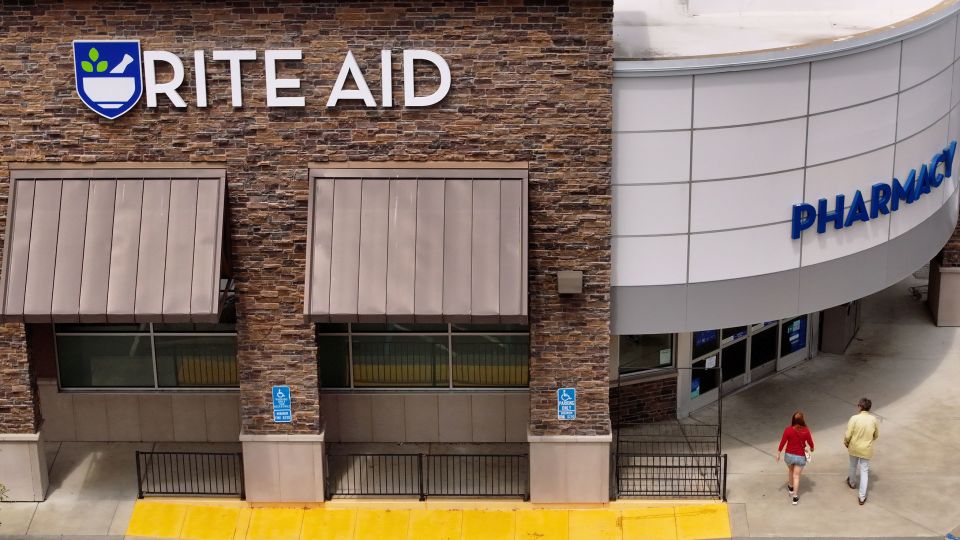Rite Aid on Monday announced it is filing for bankruptcy for a second time, barely just seven months after the chain exited Chapter 11 and emerged as a private company.
The financially strapped drug store chain said it is looking for a buyer, and re-filing for Chapter 11 bankruptcy protection will help facilitate that process. The company said it would keep its stores open throughout its bankruptcy.
“While we have continued to face financial challenges, intensified by the rapidly evolving retail and healthcare landscapes in which we operate, we are encouraged by meaningful interest from a number of potential national and regional strategic acquirors,” said Matt Schroeder, Rite Aid’s CEO, in a statement. “As we move forward, our key priorities are ensuring uninterrupted pharmacy services for our customers and preserving jobs for as many associates as possible.”
Rite Aid first filed for bankruptcy in October 2023, becoming a casualty of a miserable environment for drug stores, exacerbated by its runner-up status to bigger chains and expensive legal battles for allegedly filling unlawful opioid prescriptions that pushed its debt to nearly $4 billion.
It took about a year to navigate the Chapter 11 process, finally emerging in September 2024 by slashing $2 billion in debt, securing $2.5 billion in funds to keep operating and the closure of about 500 locations.
On Monday, Rite Aid said it secured nearly $2 billion in new financing to keep it operational during its bankruptcy.
Rite Aid is a distant third-largest nationwide standalone pharmacy chain in the United States — and the seventh largest pharmacy overall, when taking into account big box chains. It has about 1,250 stores remaining — roughly half of the number it had just two years ago.
It was offered a $17 billion lifeline in 2015 when Walgreens offered to buy the chain. But the deal was met with stiff scrutiny from US regulators who feared the combination would violate federal antitrust laws and reduce competition in the drug store market.
Ultimately, in 2017, the companies agreed to a smaller, $4.4 billion deal, in which Walgreens bought just under 2,000 Rite Aid locations, leaving Rite Aid diminished in stature and unable to compete at the scale of its bigger rivals.
Neil Saunders, the managing director of GlobalData, a data analytics company, said he was not surprised by Rite Aid’s second bankruptcy, since the drug store chain hasn’t been able to secure enough inventory to keep shelves stocked.
“The first bankruptcy did little to resolve the chain’s issues, and it has been teetering on the edge of survival for quite some time,” Saunders said.


